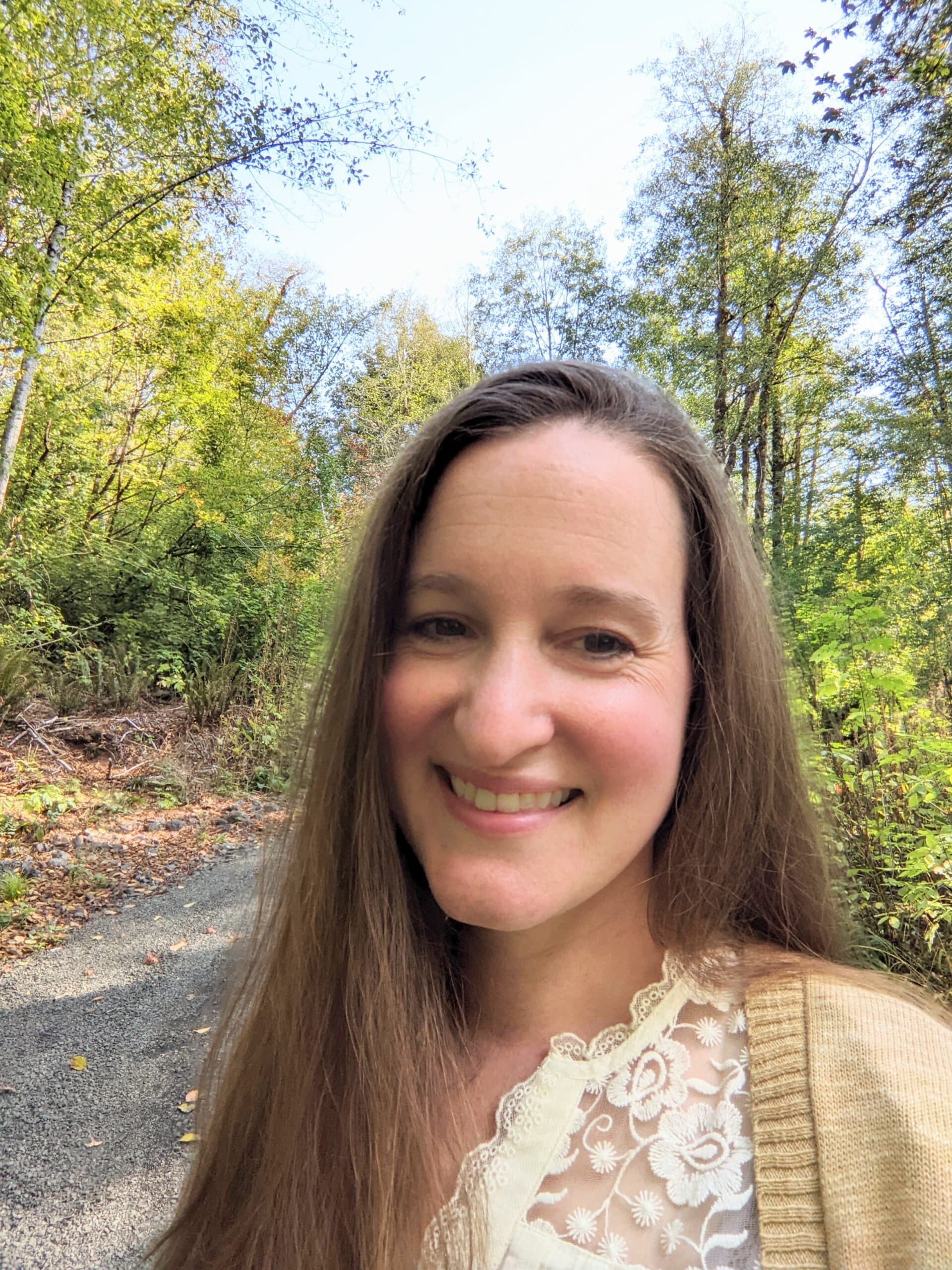
“Ernest Hemingway once said, ‘The first draft of anything is shit.’ But what if that rough first draft is the only place where you can have unbridled creativity in the writing process? Often, we view first drafts as mere stepping stones to the final manuscript—something to quickly get done and over with. But when you do that, you miss out on a unique opportunity in first drafts—finding your story’s heart and soul. By being creative in your first drafts and finding those authentic moments, the first draft will never be shit.
Creativity in the first draft helps your writing be authentic
As Terry Pratchett famously said, “The first draft is just you telling yourself the story.” It’s where you are sifting through your thoughts, connecting with the characters, and bringing the world to life. This intimate conversation with the emerging story is crucial to creating an authentic story and one where there is a heart and soul.
By allowing yourself to not self-edit and be authentic in the first draft, your emotions will freely pour onto the page. This direct conduit from imagination to paper is a pure, undiluted expression of your vision, untainted by all the voices in your head saying you can’t do something because you read in a book that it wasn’t acceptable. Instead, take the first draft for what it is: a time to be creative and explore because starting with draft two, you will always be editing. The first draft is the only time you won’t revise, so take advantage of it.
There are benefits to being creative in the first draft
Writing freely lets you take risks and lets your imagination run wild. This creativity in the first draft allows you to explore beyond the confines of preconceived plot structures and character arcs. It’s an opportunity to stumble upon unexpected plot twists, develop characters with greater depth, and create worlds of unparalleled richness.
These serendipitous discoveries, born from the freedom of uninhibited writing, often become the cornerstone of a story’s appeal. They inject a freshness and authenticity into the narrative that meticulous planning may not always capture. Embracing creative risks in the first draft can lead to more engaging, genuine, and resonant storytelling.
Sorry, there are cons to being creative in the first draft
But you might think that being creative in the first draft and writing without restraints will result in a lot of revision. I won’t lie. The first draft, filled with unrefined and unfiltered content, presents challenges going into the second draft. But that work is worth it if, in the past, you got a comment that a reader was not connecting with your story. It might be because you didn’t allow your writing to be authentic, truly you, but made your story fit a preconceived structure, stripping it of its heart and soul.
I also know of many outlined books that have had major revisions. Revisions are part of writing. If anyone says that you only need three drafts to write a book, they are not being very truthful. Yeah, it’s not impossible, but it rarely happens.
But if writing without an outline is not your thing, you can still be creative in the first draft. As you write, allow yourself the freedom to deviate from the outline, explore new ideas, or deepen character interactions. The outline serves as a guide, not a constraint. Some of the most compelling aspects of your story may emerge in these moments of spontaneous creativity.
Editing tips for when you are creative in the first draft
Whether you took some deviations from the outline or didn’t use one at all, when you get to the second draft, the goal is to maintain the core vision of the story while guiding it toward a clear, engaging narrative.
Here are some actionable tips to guide you through this process:
- Take a Break Before Revisiting: Give yourself a break after completing your first draft. This distance helps you return with fresh eyes and a clear mind.
- Read Through and Reflect: Read your entire draft without making immediate edits. Note your emotional responses, plot inconsistencies, and moments of brilliance from your unrestrained writing in the first draft. This holistic view is essential for understanding the core of your story.
- Identify Key Themes and Elements: Pinpoint the main themes, character arcs, and plot points that resonate most. These will form the backbone of your revised draft.
- Evaluate and Organize Your Ideas: Organize your thoughts and ideas. Determine which elements enhance your story and which detract from it.
- Develop Your Characters Further: Flesh out your characters. Ensure they have depth, clear motivations, and evolve throughout the story.
- Strengthen the Structure: Look at the structure of your story. Does it flow logically? Are there any plot holes or pacing issues? Adjust the structure to ensure a cohesive and engaging narrative.
- Seek Feedback: Share your draft with trusted readers or a writing group. Constructive feedback can provide new perspectives and insights into your story’s strengths and weaknesses.
In conclusion, the first draft is the birthplace of genuine creativity and the heart of your story. It’s where your narrative breathes its first breath, unmarred by the constraints of perfectionism. By embracing creativity in the first draft, your story’s soul is woven into the fabric of its characters and plots.
As you transition into subsequent drafts, remember that the essence of what makes your story unique comes from this freedom in the first draft. Your task in revision is not to stifle your story but to sculpt and refine it, preserving its authenticity while enhancing its form.

